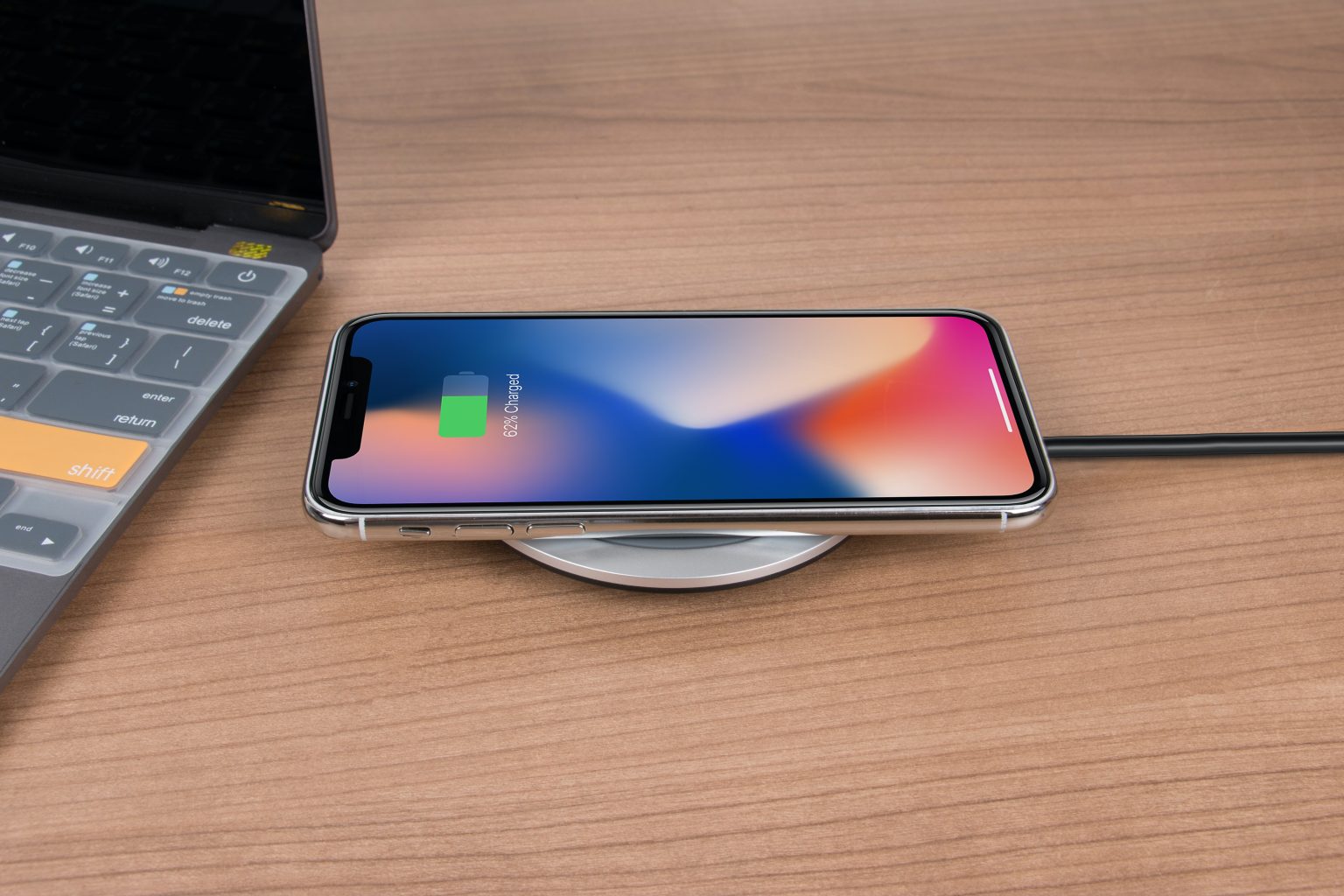Wireless charging has become increasingly popular, offering convenience and eliminating the need for cumbersome cables. Apple revolutionized the wireless charging experience with its MagSafe technology, which provides a magnetic attachment and precise alignment for effortless charging. Recognizing the potential of this innovation, the Wireless Power Consortium (WPC) has joined forces with Apple to bring MagSafe-like capabilities to Android devices.
Apple introduced MagSafe for iPhones over two years ago, a wireless standard that allows for magnetically attachable accessories, including chargers. This technology employs a circular array of magnets embedded in the back of the device, enabling a secure and reliable connection between the phone and the charging pad. The precise alignment ensures efficient charging and allows for simultaneous use of the device while it’s charging wirelessly.
The goal was to improve wireless charging speed and eliminate the need for precise alignment with a charging pad. However, the proprietary nature of MagSafe has limited the growth of the Apple-certified ecosystem.
Now, the Wireless Power Consortium (WPC) has announced Qi2, a new standard built on Apple’s MagSafe technology. Qi2 will enable devices compatible with both Android and iOS and improve energy efficiency and charging speed through perfect alignment with charging devices.
The WPC plans to release the Qi2 standard later this year, replacing the existing Qi standard. Qi2 compatible accessories will be available before the end of the year. Importantly, this new standard will allow for charging devices that are currently not supported by flat surface-to-flat surface chargers, opening up possibilities for charging various headphones and smartwatches.
The Wireless Power Consortium, an organization dedicated to promoting the global standard for wireless charging called Qi, has recognized the success and appeal of Apple’s MagSafe technology. In a notable collaboration, the WPC is partnering with Apple to integrate MagSafe-like capabilities into Android devices. By leveraging the existing Qi wireless charging standard, this collaboration aims to enhance the charging experience for Android users, offering the convenience and reliability of magnetic alignment.
Bringing MagSafe-like capabilities to Android devices holds numerous benefits for users in the Android ecosystem. These include:
- Improved Charging Experience: The magnetic alignment ensures a secure connection between the charging pad and the device, reducing the chances of misalignment and interrupted charging. Users will no longer need to worry about precisely placing their device on the charging pad.
- Convenience and Simultaneous Usage: With MagSafe-like capabilities, Android users will be able to use their devices while they are wirelessly charging, eliminating the need to interrupt their workflow or entertainment.
- Enhanced Compatibility: Since the collaboration leverages the existing Qi wireless charging standard, Android devices with MagSafe-like capabilities will remain compatible with existing Qi chargers, allowing users to take advantage of a vast network of wireless charging accessories.
- Potential for Innovation: As Android manufacturers integrate MagSafe-like capabilities, we can expect to see a surge in innovative wireless charging accessories tailored specifically for Android devices. This could include magnetic mounts, wallets, and other accessories that utilize the magnetic connection.
The collaboration between the Wireless Power Consortium and Apple signifies an exciting development in the world of wireless charging. By bringing MagSafe-like capabilities to Android devices, the industry aims to standardize and improve the wireless charging experience across different platforms. Android users can look forward to an enhanced charging experience, thanks to the convenience and reliability offered by magnetic alignment.
As Android manufacturers adopt this technology, we can anticipate a proliferation of innovative accessories designed to make the most of MagSafe-like capabilities. The Android ecosystem is poised to benefit from the advancements in wireless charging, promoting a more seamless and user-friendly charging experience.
